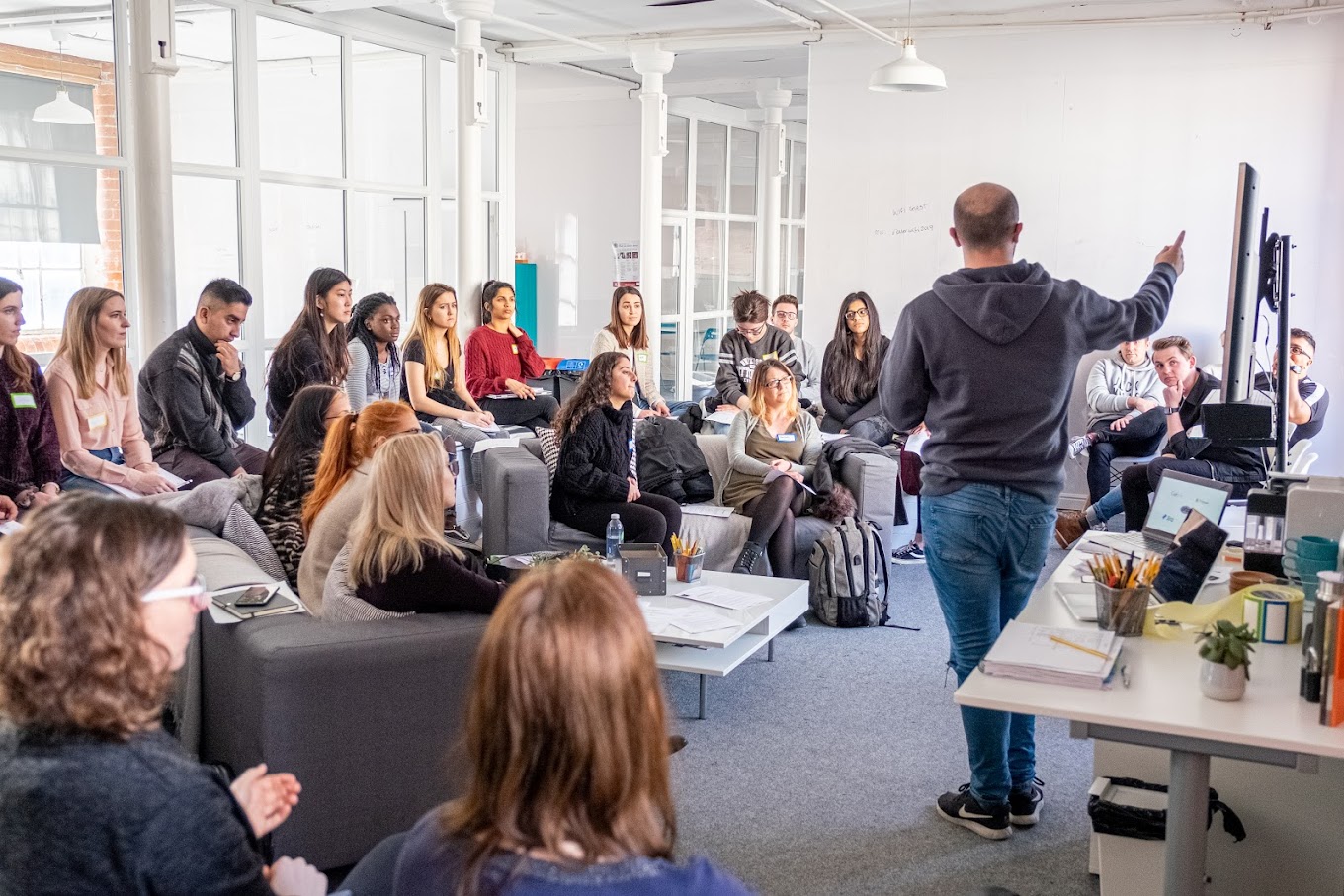For years, the startup playbook went like this: raise a pre-seed to build the MVP, a seed to prove traction, Series A to scale, and Series B to dominate. But that ladder is cracking—and in many cases, it’s being skipped entirely.
More founders today are treating pre-seed and seed as not the starting point, but the entire runway. And it’s not because they’re anti-VC—it’s because they’re building smarter, leaner, and with less capital dependence from day one.
The old model: raise early, raise often
The traditional startup path was fuelled by an assumption: growth requires capital. The faster you raise, the faster you grow. But that mindset came with baggage—burn rates spiralled, headcounts swelled, and product decisions were driven by investor optics rather than user needs.
Startups began to focus more on milestones that unlocked the next round than those that served their customers. For many, the Series A wasn’t optional—it was survival.
What’s changed? Tech, mindset, and investor behaviour
Three key shifts have changed the funding landscape:
- Tech is cheaper. Open-source stacks, serverless infra, low-code tools, and AI agents mean founders can build and iterate at a fraction of the cost.
- Mindsets are shifting. Founders are more sceptical of bloated valuations and the treadmill they bring. They want control, clarity, and cashflow—not just capital.
- Investors are evolving. Pre-seed and seed investors now expect more traction before Series A. This forces startups to behave like real businesses earlier.
Together, these shifts have made it viable—and often preferable—to treat seed rounds as the beginning, middle, and end of the funding journey.
The rise of the one-and-done founder
A growing number of founders are raising $500k–$1.5M, building to revenue, and never looking back. Instead of scaling teams, they scale workflows. Instead of chasing burn multiples, they chase customer retention. Instead of preparing decks, they prepare onboarding flows.
They hire fractional execs, automate sales, and let the product do the heavy lifting. They don’t grow slower—they grow cleaner.
These aren’t niche exceptions. They’re becoming the blueprint, especially in SaaS, B2B, and AI-native businesses where high margins and fast validation cycles favour lean ops.
What capital efficiency looks like today
A seed-stage company in 2025 might:
- Hit $1M ARR with 5–7 people
- Use tools like Clay, Notion, Framer, and Retool to stay agile
- Leverage AI for support, ops, and content
- Have no plans to raise again unless strategic
Their pitch isn’t about the next fundraise. It’s about resilience, profitability, and user obsession.
When raising more still makes sense
Not every business can or should bootstrap past seed. Infrastructure-heavy, hardware, and deeply regulated markets often need deeper capital reserves.
But for most software founders—especially in B2B or vertical SaaS—more funding doesn’t mean better outcomes. It means more pressure, dilution, and distraction.
If you can get to product-market fit and real revenue with your first round, do it. That optionality—whether to raise or not—is the real win.
The smartest founders today aren’t defaulting to Series A. They’re designing businesses that don’t need one.
Pre-seed and seed can take you all the way—if you focus on users, efficiency, and revenue from day one.
Because the game has changed. Capital is no longer the fuel. It’s the variable.
What you really need is leverage—and now, you can build that before you even open a pitch deck.





